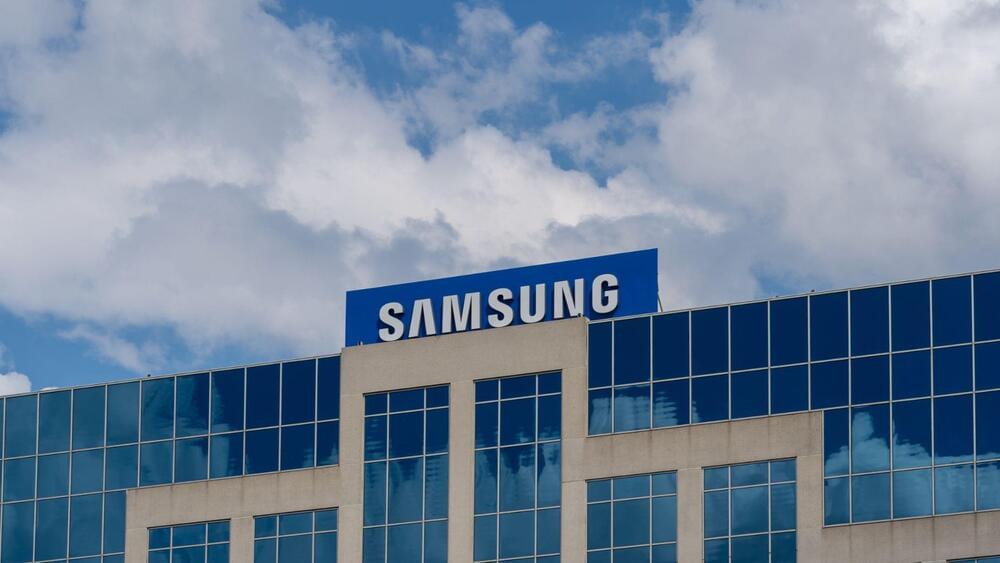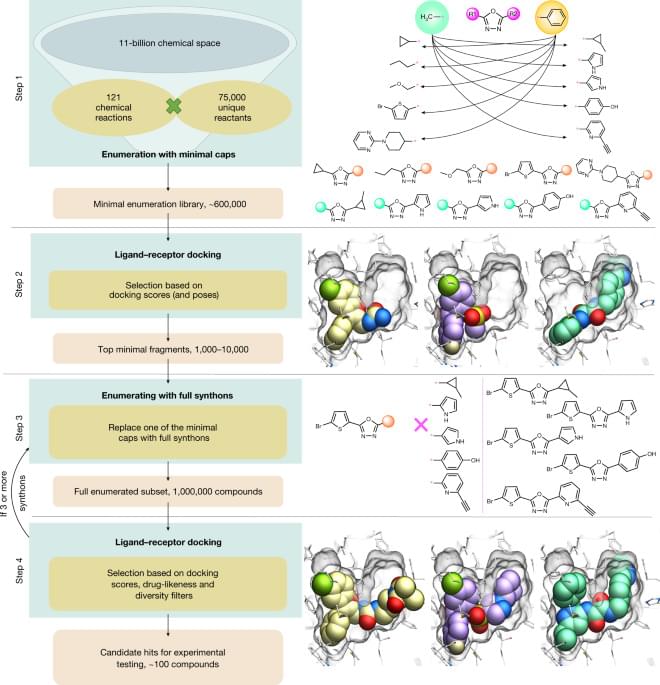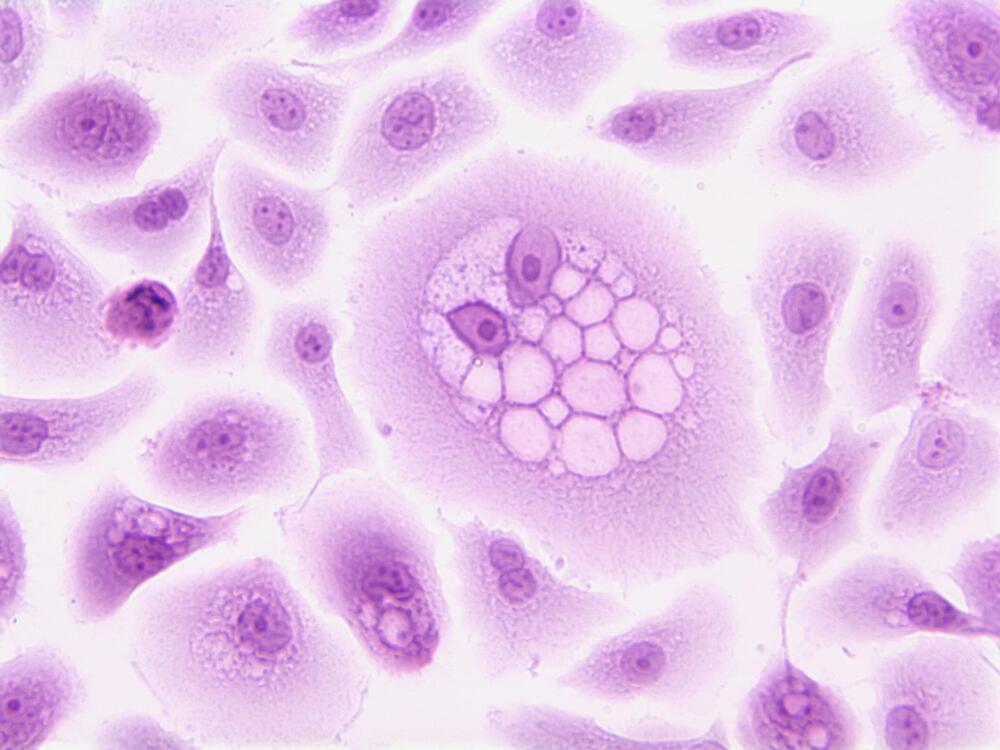Samsung doubles down in HBM race with largest memory.
Samsung has unveiled a new memory chip, which it claims is the ‘highest-capacity to date’ for artificial intelligence (AI) applications.



Wonderful work truly breakthrough for different types of compounds for chemistry. Year 2021.
V-SYNTHES, a scalable and computationally cost-effective synthon-based approach to compound screening, identified compounds with a high affinity for CB2 and CB1 in a hierarchical structure-based screen of more than 11 billion compounds.


One of the immune system’s primary roles is to detect and kill cells that have acquired cancerous mutations. However, some early-stage cancer cells manage to evade this surveillance and develop into more advanced tumors.
A new study from MIT and Dana-Farber Cancer Institute has identified one strategy that helps these precancerous cells avoid immune detection. The researchers found that early in colon cancer development, cells that turn on a gene called SOX17 can become essentially invisible to the immune system.
If scientists could find a way to block SOX17 function or the pathway that it activates, this may offer a new way to treat early-stage cancers before they grow into larger tumors, the researchers say.

Most cancers are thought to evade the immune system. These cancers don’t carry very many mutations, and they aren’t infiltrated by cancer-fighting immune cells. Scientists call these cancers immunologically “cold.”
Now new research suggests such cancers aren’t as “cold” as once thought. Researchers from the La Jolla Institute for Immunology (LJI), UC San Diego Moores Cancer Center, and UC San Diego, have found that patients with “cold” tumors actually do make cancer-fighting T cells.
This discovery opens the door to developing vaccines or therapies to increase T cell numbers and treat many more types of cancer than currently thought possible.

Researchers at the University of Colorado Anschutz Medical Campus studying interactions between nerves and tumor microenvironments have found that commonly used drugs like botox may stop or slow the progression of certain head and neck cancers.
The study, published online today in the journal Med, examined how nerves within the tumor environment impact the immune system and cancer growth.
“We have long known that the intensity of nerve interactions within the tumor microenvironment are associated with worse outcomes in head and neck squamous cell carcinoma,” said the study’s lead author Laurel Darragh, an MD/Ph. D. student focused on radiation oncology at the University of Colorado School of Medicine. “This prompted us to investigate how these nerve interactions impact the adaptive immune system and tumor growth.”

Eyes with lower pigment (blue or grey eyes) don’t need to absorb as much light as brown or dark eyes before this information reaches the retinal cells. This might provide light-eyed people with some resilience to SAD.
Other theories propose it happens due to an imbalance in serotonin and melatonin in the body. Serotonin makes us feel energetic, while the release of melatonin makes us feel sleepy. Since melatonin is made from serotonin, people with SAD may potentially produce too much melatonin during the winter months, leaving them feeling lethargic or down.
All these studies are inconsistent and, in some cases, contradictory. But because SAD is likely due to a combination of many biological and physiological factors working together, these different explanations for what causes SAD may well be interconnected.
We have uncovered evidence that a person’s eye colour can have a direct effect on how susceptible they are to SAD.
Ederworlds & Bubble planets are artificial worlds held up by internal pressure, and can be several times larger than Earth.
To survive in the 3rd millenium we must evolve.